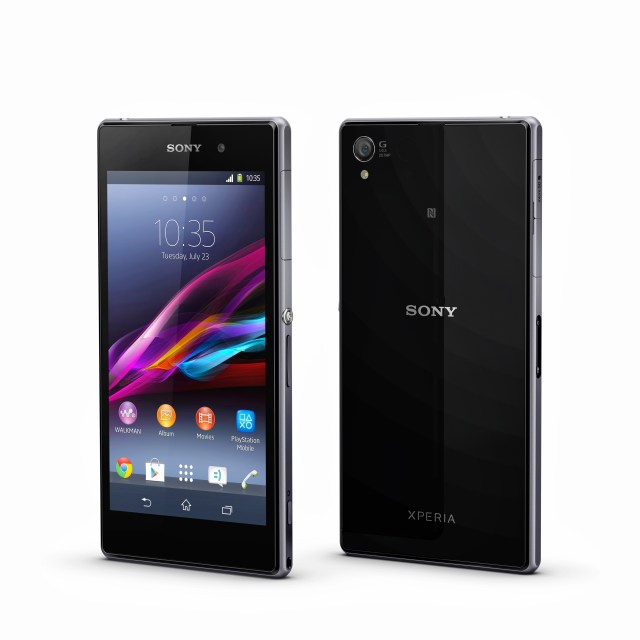Everything from smartphones to
laptops to tablets could get a little more costly due to a fire this
week at a Korean firm’s factory in Wuxi, China, where a substantial
portion of the world’s memory chips are made. The Sept. 4 inferno at SK
Hynix’s fabrication facility sent the price of benchmark 2-gigabyte
Dynamic Random Access Memory (DRAM) up 19% to a three-year high.
High demand from Chinese tablet and smartphone manufacturers has already caused a spike in DRAM prices this year, with prices nearly doubling from November to May. The cost of the industry standard 2-gigabit DRAM jumped 30 cents to $1.90 the day after the fire, and rose another $.10 to $2.00 on Friday.
Market research firm TrendForce said it would take half a year for SK Hynix to rebuild, leading to higher prices throughout the fourth quarter. The firm’s customers include Apple, Lenovo, Dell and Sony, according to data compiled by Bloomberg, not to mention Samsung—its main rival in the DRAM business, along with US chipmaker Micron. SK Hynix’s market share stands at about 30%, compared with 32.7% for Samsung and 28.1% for Micron, according to Trendforce. About half of SK Hynix’s DRAM chips are made at the Wuxi facility, equivalent to about 10% of world supply.
The company, whose shares fell sharply in the wake of the fire, insisted that the damage was not severe. “We expect to resume operations in a short time period so overall production and supply volume would not be materially affected,” the company told Reuters. It is still investigating the cause of the fire.
Source : http://qz.com/121893/a-fire-at-a-factory-in-china-could-make-all-your-gadgets-more-expensive-this-year/
High demand from Chinese tablet and smartphone manufacturers has already caused a spike in DRAM prices this year, with prices nearly doubling from November to May. The cost of the industry standard 2-gigabit DRAM jumped 30 cents to $1.90 the day after the fire, and rose another $.10 to $2.00 on Friday.
Market research firm TrendForce said it would take half a year for SK Hynix to rebuild, leading to higher prices throughout the fourth quarter. The firm’s customers include Apple, Lenovo, Dell and Sony, according to data compiled by Bloomberg, not to mention Samsung—its main rival in the DRAM business, along with US chipmaker Micron. SK Hynix’s market share stands at about 30%, compared with 32.7% for Samsung and 28.1% for Micron, according to Trendforce. About half of SK Hynix’s DRAM chips are made at the Wuxi facility, equivalent to about 10% of world supply.
The company, whose shares fell sharply in the wake of the fire, insisted that the damage was not severe. “We expect to resume operations in a short time period so overall production and supply volume would not be materially affected,” the company told Reuters. It is still investigating the cause of the fire.
Source : http://qz.com/121893/a-fire-at-a-factory-in-china-could-make-all-your-gadgets-more-expensive-this-year/











